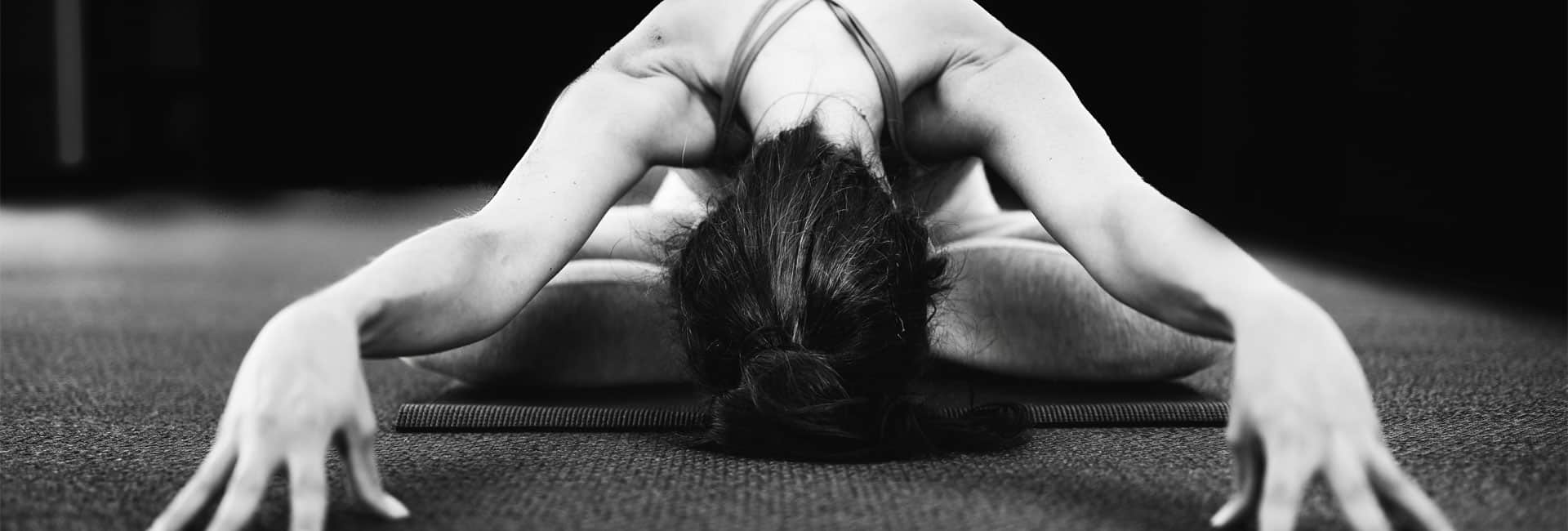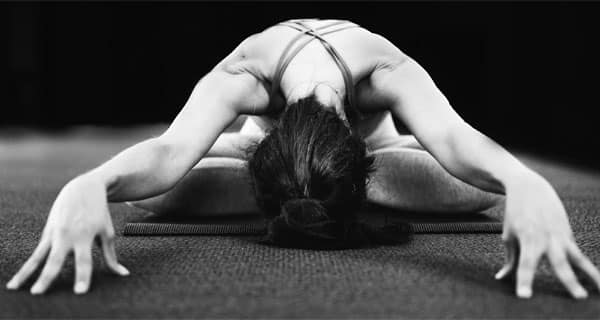
Used under a Creative Commons Licence
Protecting yoga and dance moves – How far can you stretch copyright law?
Imagine this scenario. You come up with an amazing sequence of 26 yoga poses and an accompanying dialogue so that yoga class could be taught throughout the world. People could go to a class in Australia or LA and know it would pretty much be the same.
This is exactly what happened to well-known Indian yoga teacher and the founder or Bikram yoga, Bikram Choudhury.
But the question is, did he have a case in copyright infringement if others wanted to the teach the 26 poses?
Ultimately, the court said it depended on whether the choreographic moves where routine and functional or distinctive enough to justify copyright protection. This blog talks about the copyright rules relating to dance sequences.
Where do we start?
Our clients who offer services in the area of yoga and Zumba and other dance workouts often ask us how do we protect ourselves? This is a fair question given the amount of work that goes into creating a dance or yoga sequence.
Here is where copyright law steps in
Traditionally, we think as copyright law as something which protects written works, paintings, music and the like. However, copyright law extends much further and includes dance choreography as well. Choreography is protected under what is known as a ‘dramatic work’.
Copyright registration
While many people believe that you can record copyright with a particular organisation, this is not so. The United States have a system of registration which records rights, however, importantly Australian law does not.
But there’s a catch…
The thing to remember is that a dance sequence or yoga routine are not always automatically protected. It needs to be recorded in some way in material form. Ideas and concepts in themselves cannot be protected. In addition, the choreography or dance sequence must be original. We always remind our clients on how important all this is as it can be easily overlooked if you don’t understand the law. One of the main problems is if the steps are not recorded in material form, you may not be able to enforce copyright against someone who is copying you.
Here’s what to do
The key tip is to remember is that you are in the business of creating any type of choreography whether it be dance, yoga or any other dance sequence, you need to do it in a way so that you ensure you own it. This means:
- Recording step sheets;
- Keeping story boards; and/ or
- Documenting the sequences by sound and video recordings – so get that video camera out!
What happens when someone copies you
If another business copies your sequence or you have discovered that other members of the public have used your choreography without your permission, this could mean that you copyright has been infringed.
Your rights as a copyright owner in a dance sequence include:
- Emailing or posting the dance sequence on the internet;
- Broadcasting the performance (such as on television or radio); and/or
- Performing the choreographic sequence in public.
Does someone need to copy all of my dance moves?
While many people think that the whole routine needs to be copied, all someone needs to do is copy a substantial part to amount to copyright infringement. The quality rather than the quantity is therefore important in determining whether you have a case. As a result, the question is whether the other party have copied a dance movements or a sequence of steps that is distinct and recognisable.
What if someone has copied the name of my dance?
If you have a registered trade mark for the name of your dance, this may constitute trade mark infringement. However, you may still have certain rights in the name even if it is not registered as a trade mark.
Depending on the circumstances in which the name is used, it may constitute misleading or deceptive conduct and/or passing off. This is a complex area of law which focusses on consumer confusion.
How can we help you?
There is no doubt that the twists and turns of copyright law can get a little convoluted when it comes to this area. The main thing to bear in mind is to take a proactive approach to protecting your business in order to avoid all your hard work slipping away.
We can help you do the following:
- Provide guidance as to the best way to protect your choreography and/or teaching programs;
- License your copyright;
- Register your copyright in the United States;
- Assess whether someone has substantially copied your work;
- Write letters to an alleged infringer; and
- Negotiate a settlement with an alleged infringer.
If you believe that someone has copied your moves, it is important that you take legal action quickly so that you avoid the risk of people thinking that you are the one doing the copying. At the end of the day, it is all about Owning It.
Sharon’s book Owning It: A Creative’s Guide to Copyright, Contracts and the Law, available through Creative Minds Publishing (www.creativemindshq.com/owningit), aims to demystify the law for creative and small business owners regarding the protection of their designs, trade marks, copyright, reputation, confidential information and other intellectual property.
Disclaimer: This article is of a general nature and not to be replaced with tailored legal advice.
Please note the above article is general in nature and does not constitute legal advice.
Please email us info@iplegal.com.au if you need legal advice about your brand or another legal matter in this area generally.


